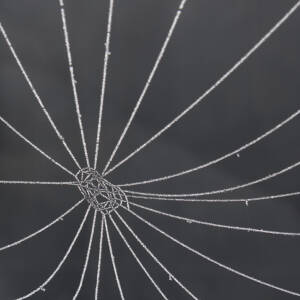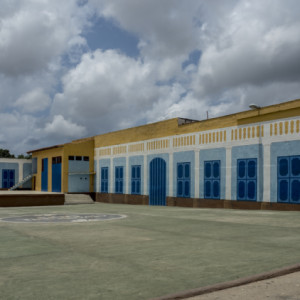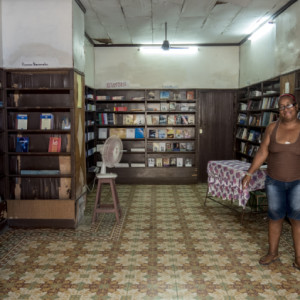Heights
From our breakfast on the old tobacco factory patio we could see over the roofs and water tanks of old Trinidad, over the roofs and flags of new Trinidad to the hills. A walkable town.
In new Trinidad we came across a most curious building. Surrounding a… what? a parade ground? a helipad? were long doorless and windowless walls with unconvincing, painted-on balustrade, columns, doors and windows (see extras). Very odd.
We meandered. Came across a bookshop, empty of customers, with a shopkeeper desperate to find something we could buy, and a ten-year-old desperate to wrest her mum’s attention away from us. The book trade in Cuba is unusual. With its highly educated population, Cuba’s literacy rate is one of the best in the world at 99.8% (according to the CIA factbook which, in this case, I am prepared to believe – the UK and US come in at 99%) so there should be a good market for books. But publishing is state controlled and mostly produces text books and books about politics. So the hunger for books is fulfilled not by bookshops but by the annual Havana International Book Fair where popular Cuban writers published only by Spanish publishers sell out very fast. Bookshops, like this one, languish (extra).
Doing no better trade than the bookshop was the mobile fruit-seller, pushing his cart round sparse streets (extra). But we were reminded it was lunchtime as we walked past a school room and looked in on rows and rows of miniature campbeds with young children fast asleep.
Passing a bus headed, apparently, in both pinyin and Chinese, for Guangzhou, we reached the Museo de Historia Municipal. The display was underwhelming but once we’d braved the rickety narrow stairs, which pulled away from the wall and whose treads gave like elastic with every step, the views over Old Trinidad from the top were fantastic (extras): roofs, gardens, people hanging out washing, activity in the street… and those hills again. The climb to the radio mast outside the town became irresistible. To be done before sunset.
Cobbled streets gave way to a dirt track as we left the postcard centre and walked up through poorer houses at the edge of town. I couldn’t believe my luck when a man at the window of one asked me to take his picture. From then our walk up the hill was slow because at every turn there was a better view of the Valle de los Ingenios and we had to stop and gape. Up, up, up and to our astonishment when we reached the radio mast its guardian opened the wire gate, welcomed us, suggested we climb onto the building roof for a better view (extras) and offered us home-made lemonade. Our temporary host clearly delighted in visitors’ enjoyment of the view across the valleys.
Thrilled to bits that we’ve arranged to go walking in the valley in a couple of days’ time.




Comments
Sign in or get an account to comment.


